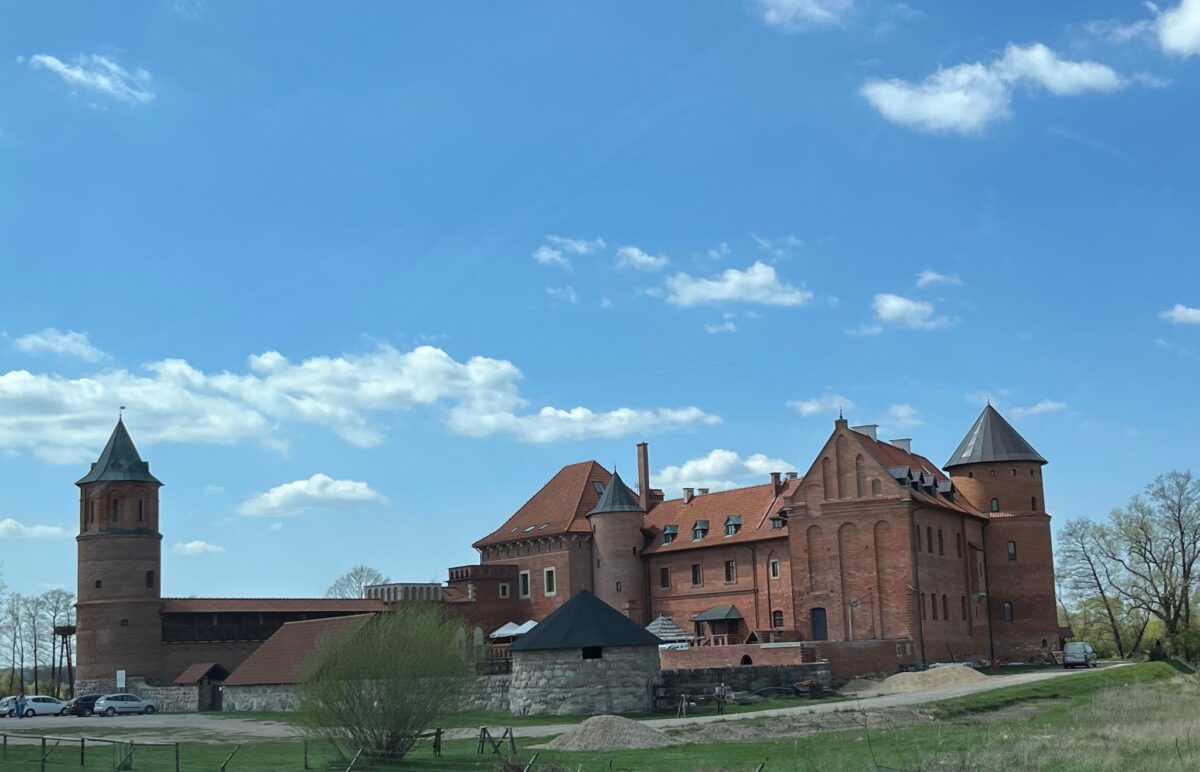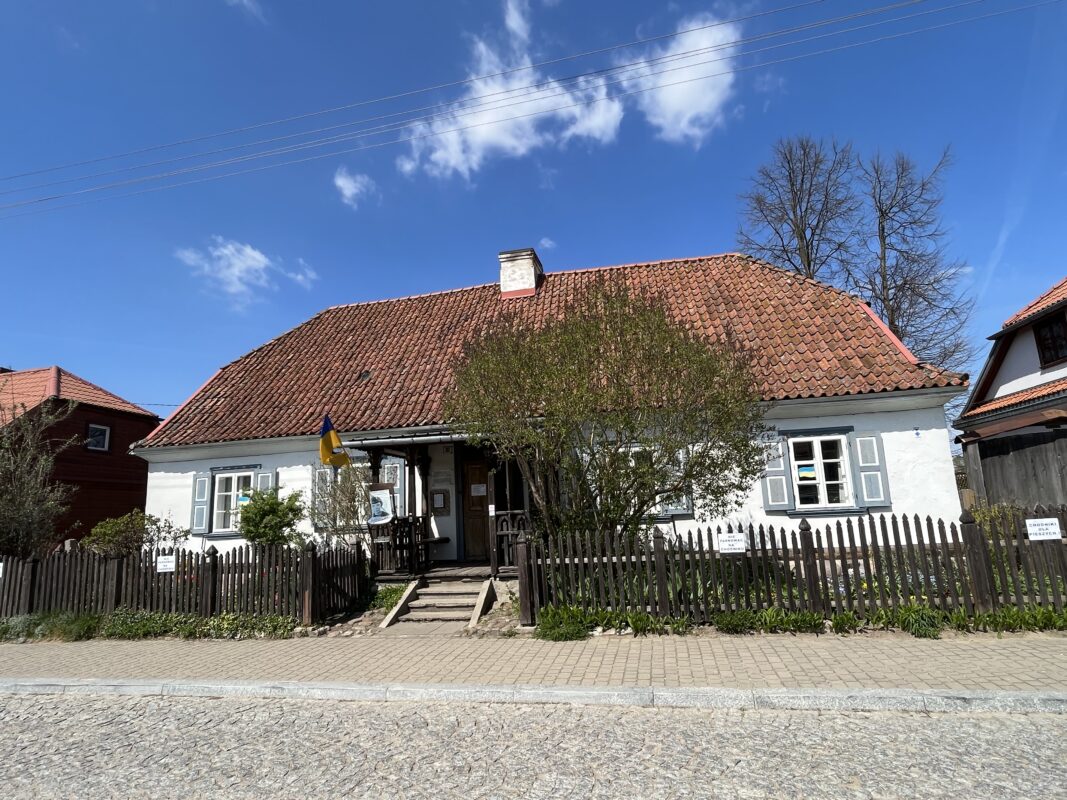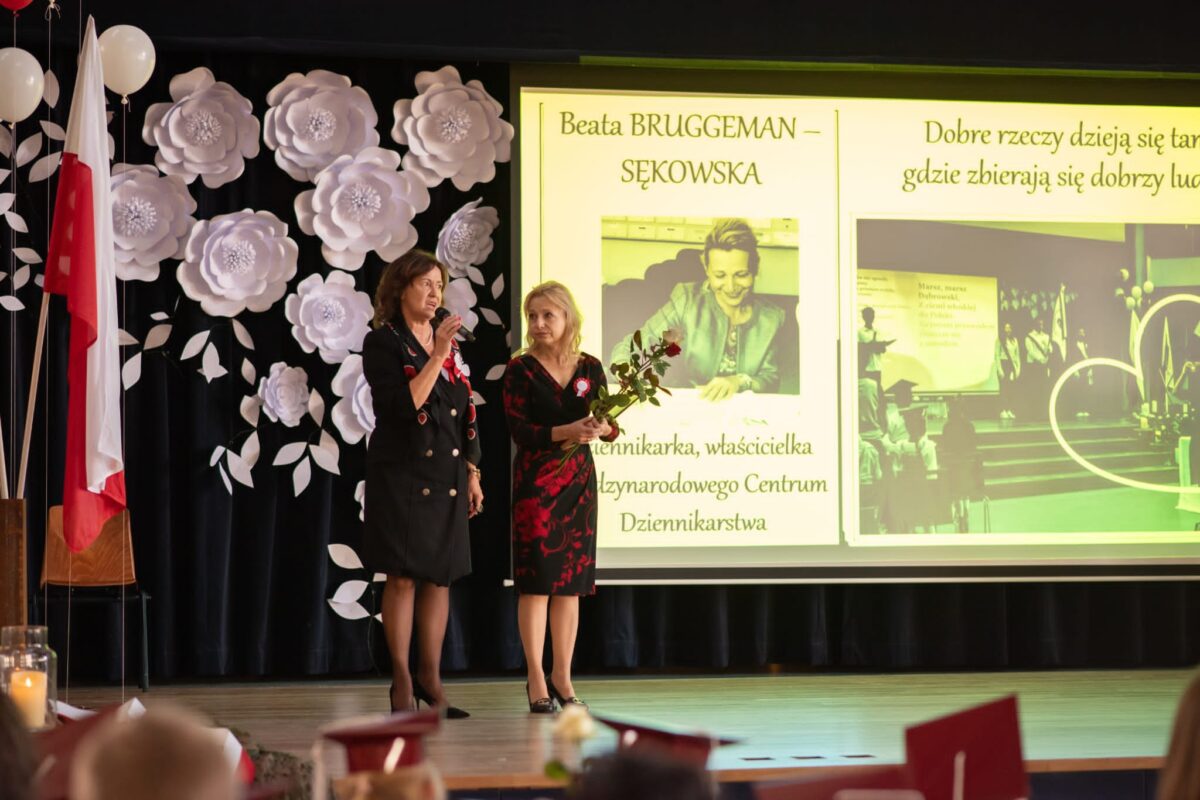Tykocin is a small town in north-eastern Poland with a population of 2,010 inhabitants located on the Narew river. This little town has a rich history, it belonged to Grand Dutchy of Lithuania, was annexed by Prussia, was mentioned by a famous Polish writer and a Nobel prize winner Henryk Sienkiewicz in his book ”The Deluge’’ where he describes the siege of the fortress in Tykocin during the Swedish Deluge. Every year in February a reconstruction of the assault in the castle in Tykocin is held.

But did you know that the second oldest monument in Poland erected for a secular person is located in Tykocin? The first was Sigismund III Vasa ( who was King of Poland, Grand Duke of Lithuania, King of Sweden and Grand Duke of Finland) in Warsaw raised in 1644 in honor of the king who in 1596 moved the capital from Krakow to Warsaw. The one in Tykocin was raised in 1763 and commemorates Stefan Czarniecki who defended Poland against the Swedish siege.

Did you also know that the Order of the White Eagle was established on November 1, 1705 in Tykocin by King Augustus II the Strong. It is the oldest and highest state distinction of the Republic of Poland awarded to the most outstanding Poles and the highest ranked representatives of foreign countries.
The name of Tykocin was first mentioned in the 11th century. Tykocin received its city rights from prince Janusz I of Warsaw in 1425 but a few months later is was transferred to the Grand Dutchy of Lithuania within the Polish- Lithuanian Union by the king Wladyslaw II. Around 1433 Duke Sigismund Kestutaitis gave the town and its surrounding villages to Jonas Gostautas ( noble man, politician. He served as Chancellor of Lithuania between 1443 and 1458 ). It became the most important seat of the Lithuanian Gostautai noble family.( they were one of the most influential Lithuanian magnate families during the 15th and early 16th centuries)
After the death of Gostautai family’s last member, the town was acquired by Polish king and Lithuanian Grand Prince Sigismund II Augustus. He changed the medieval stronghold into a Renaissance castle. It becam a royal town of the Polish Crown and awarded to Hetman Stefan Czarnecki for his military service during the Swedish invasion of Poland in 1661. Tykocin received new privileges and through the marriage of Czarniecki’s daughters, it passed to the Branicki family.


Due to Partitions of Poland Tykocin was annexed by Prussia. Later it was briefly regained by Poland as part of the Duchy of Warsaw, it became part of the Congress Kingdom of Poland and then it got annexed by Imperial Russia.

After regaining independence of Poland in 1918 Tykocin belonged to Poland. During World War II it was occupied by the Soviets and Germans. The Jewish population of Tykocin estimated at 2,000 people was eradicated by Nazi Germans. On 25–26 August 1941, the Jewish residents of Tykocin were assembled at the market square for “relocation”, and then marched and trucked by the Nazis into the nearby Lopuchowo forest, where they were executed SS Einsatzkommando Zichenau-Schroettersburg under SS-Obersturmführer Hermann Schaper.













